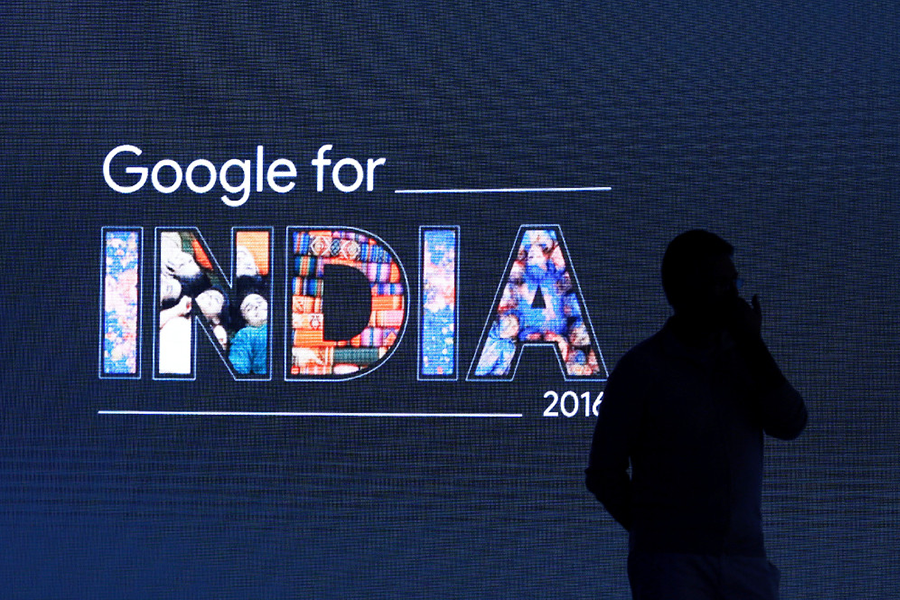How Google plans on bringing the internet to India
Loading...
Google released a series of products in India Tuesday to connect more of the country’s 1.3 billion people to the world, even if they have poor or no internet connection.
Several of the apps – YouTube Go, the Play store, and a Google Assistant that understands and speaks Hindi – don’t require fast connectivity, or, in some cases, any connectivity at all. Google Station, the public Wi-Fi initiative, is also working to bring wireless access to India's 400 train stations. So far, 50 stations have internet access, and the company that number will double by the end of the year.
These products and initiatives mark progress for a country with over a billion people, few whom have internet access. They may also make India a bellwether for the rest of the world, as Google chief executive Sundar Pichai noted in an op-ed published in the Indian newspaper The Economic Times to coincide with the Google event.
“Over the last year, we have noticed something important about improving our products in India,” wrote Mr. Pichai. “It makes them better for everyone around the world. In an increasingly mobile-first world, India gives us early insights in the future of the Internet.”
In India, 900 million people lack internet access, according to a 2015 study by the Pew Research Center, in large part because of the lack of Wi-Fi infrastructure and the high cost of phones and computers.
Google is tackling the first of these. On its second “Google for India” event in New Delhi Tuesday, the company announced the steps it is already taking.
One app is YouTube Go. Available only in India for now, the app takes advantage of the fact many Indians primarily access the internet through their smartphones, many operating at 2G or lower. With YouTube Go, a user with a poor internet connection choose to download or stream a video at a lower resolution to speed things up or use less data. Users can also preview a video by tapping on a thumbnail, without having to download the whole video first. They can also share videos with their friends through a Bluetooth connection, according to TechCrunch.
These features follow Google’s development of the offline mode of its main YouTube app over the past two years, according to Venture Beat. It introduced an offline mode in India, Indonesia, and the Philippines in 2014, before later expanding to places like the Middle East.
These apps are designed for India and other countries where connectivity is low. But they have spillover potential into more connected countries. Google developed the offline mode of its map app for India, for instance, "but people in the United States and Europe are finding it just as useful. Simply put, solving for India is inspiring new Google innovations," wrote Pichai. "Data constraints can be universal."
Google isn’t the only Silicon Valley power with its eyes on India. Facebook has expressed interest in expanding into the subcontinent.
“Our mission is to give everyone in the world the power to share what’s important to them and to connect every person in the world,” Mark Zuckerberg said in October 2015. “You can’t do that if there are so many people who don’t have access to basic connectivity.”







